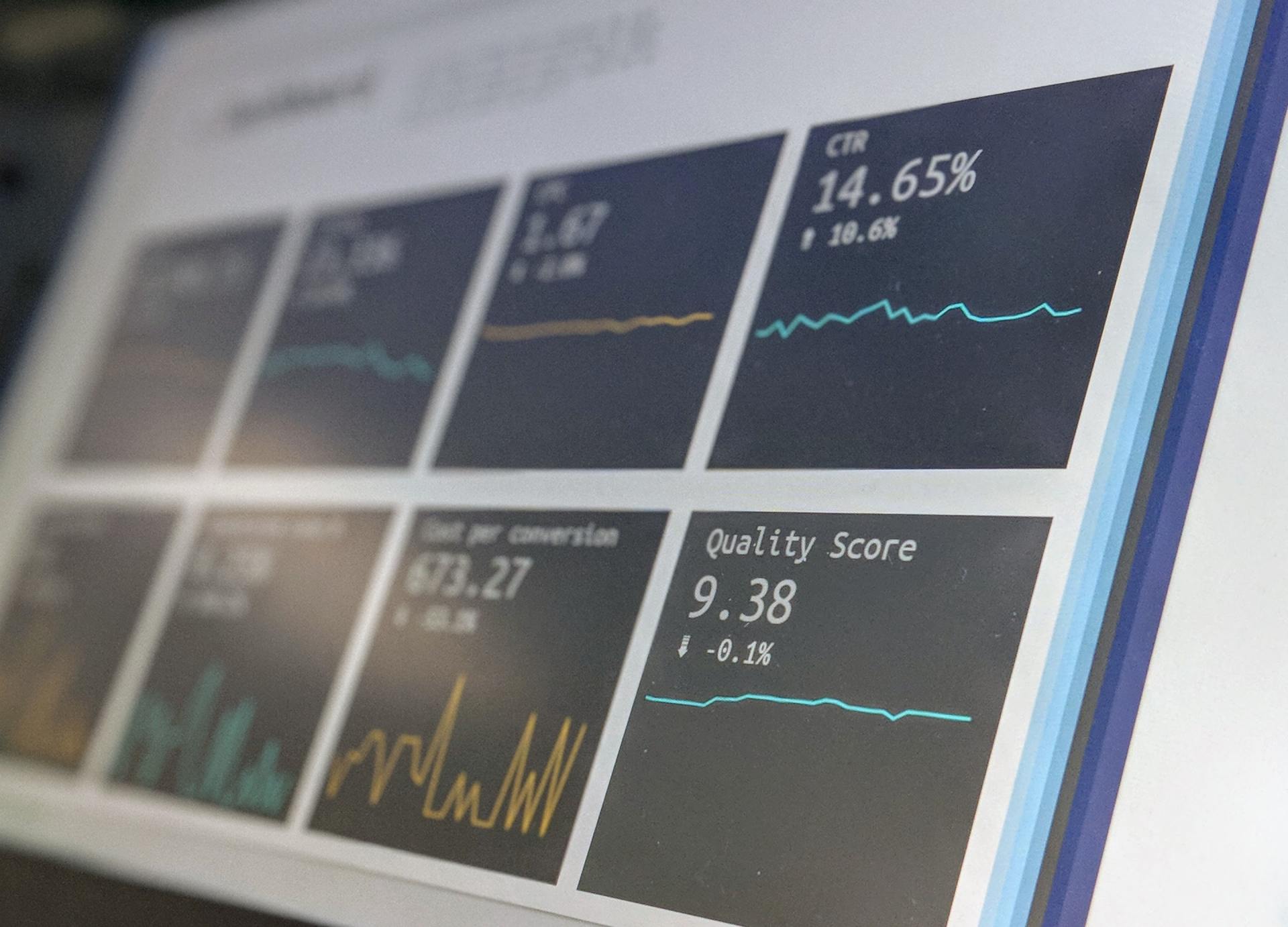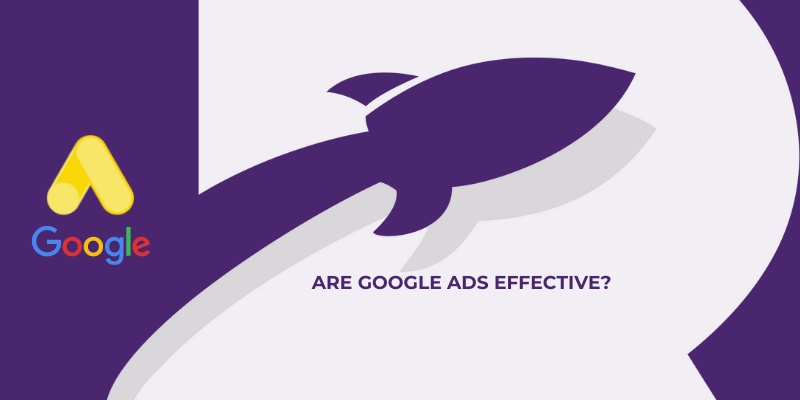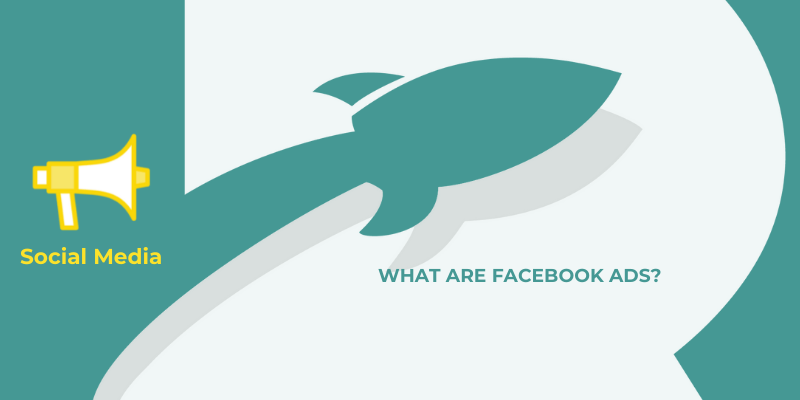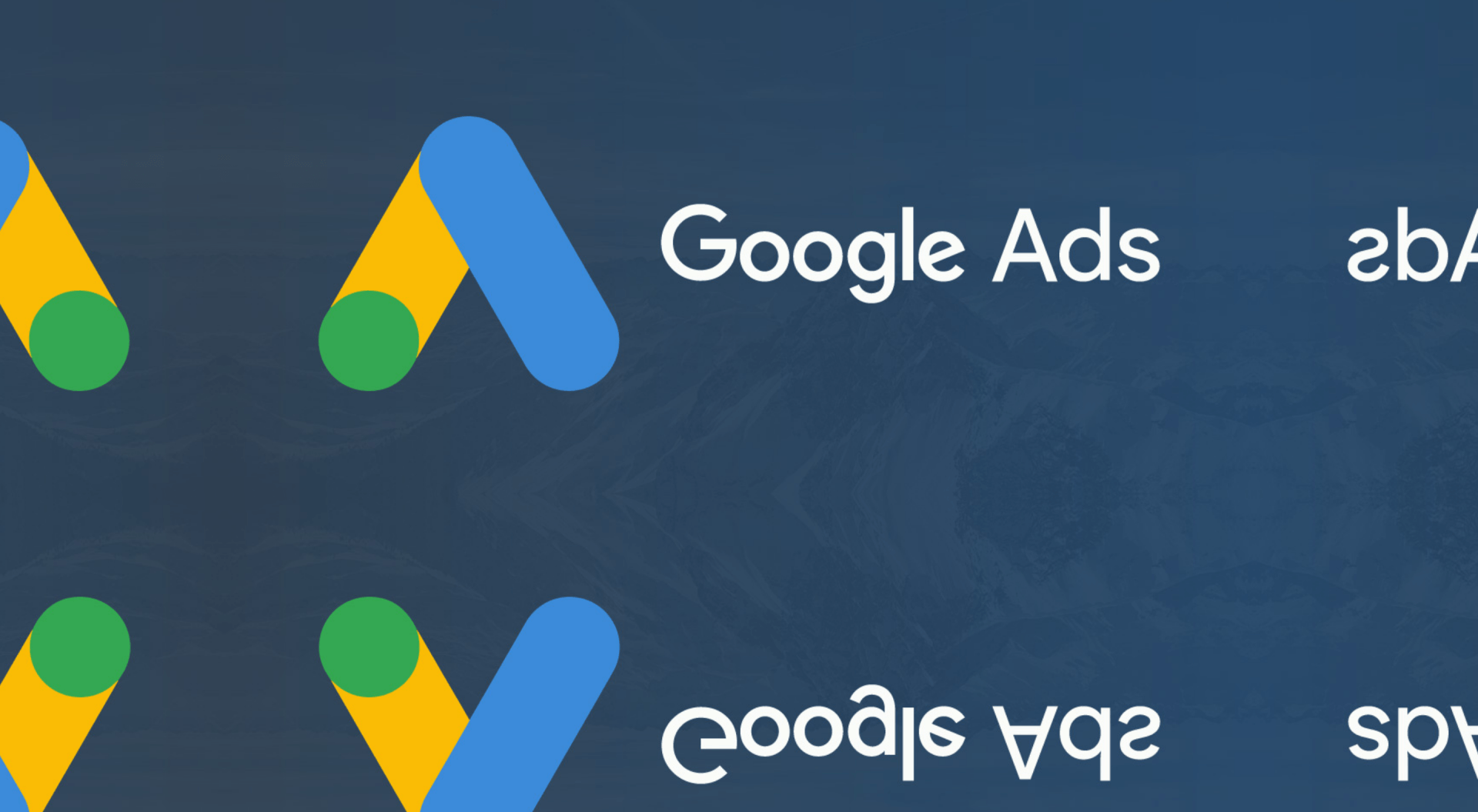AI Marketing 101: Your Guide to Smarter Campaigns
The AI Marketing Revolution: What You Need to Know

AI marketing refers to the use of artificial intelligence technologies to automate, improve, and optimise marketing activities across channels. It leverages machine learning, natural language processing, and data analysis to deliver more personalised customer experiences and drive better marketing results.
Here's what you need to know about AI marketing:
| AI Marketing Essentials | Description |
|---|---|
| Definition | Using AI technologies to automate and improve marketing strategies |
| Key Technologies | Machine learning, natural language processing, predictive analytics |
| Common Applications | Content creation, audience segmentation, chatbots, predictive analytics, ad optimisation |
| Main Benefits | Faster decision-making, improved ROI, personalisation at scale, better data insights |
| Adoption Rate | 72% of global businesses as of 2024 |
| Economic Impact | Potential to add $4.4 trillion to the global economy annually |
AI is changing marketing by automating repetitive tasks, enhancing personalisation, and providing deeper customer insights. It's not about replacing human marketers but empowering them with tools that can analyse vast amounts of data and execute campaigns more efficiently.
The technology has evolved from simple rule-based automation to sophisticated systems that can generate content, predict customer behaviour, and optimise campaigns in real-time. Today's AI marketing tools can create blog posts, design websites, personalise email campaigns, and even determine the best time to reach individual customers.
For businesses looking to stay competitive, AI marketing isn't just a nice-to-have—it's becoming essential. Over 70% of high-performing executives believe competitive advantage depends on having the most advanced AI capabilities.
I'm Amber Porter, CEO of RankingCo, and I've helped dozens of businesses implement AI marketing strategies that drive measurable growth and ROI. My approach combines cutting-edge AI tools with proven marketing principles to create campaigns that not only reach your audience but truly connect with them.

What is AI Marketing?
Ever wondered how Netflix seems to know exactly what you'll want to watch next? Or how Amazon suggests products you didn't even realise you needed? That's AI marketing in action – and it's changing the game for businesses everywhere.
AI marketing uses intelligent technologies to transform how we connect with customers. At its heart, it combines machine learning algorithms, natural language processing, and smart data analysis to understand customer behaviour in ways humans simply couldn't manage alone.
Think of it as having a super-powered marketing assistant that never sleeps, constantly learning about your customers and improving your campaigns. These technologies help you analyse patterns across thousands of customer interactions, predict what your audience might want next, and create personalised experiences that feel genuinely human.
As one marketing leader told McKinsey researchers: " AI marketing isn't just another flashy tool – it's fundamentally changing how we understand what our customers actually want."
AI marketing vs traditional marketing
The shift from traditional marketing to AI marketing is like upgrading from a paper map to GPS navigation. Both can get you where you're going, but one is dramatically more efficient and responsive.
Traditional marketing often relies on gut feelings and broad audience segments. You might create a campaign, launch it, wait weeks for results, then manually adjust based on what worked. It's slow, reactive, and often misses opportunities.
AI marketing , by contrast, continuously analyses customer data in real-time, making instant adjustments to improve performance. Instead of sending the same message to everyone in a segment, it personalises content for individual customers based on their unique preferences and behaviours.
The beauty of modern AI marketing is that it doesn't replace human creativity – it improves it. The most successful approaches keep humans in the loop, with AI handling the data-heavy lifting while marketers provide the strategic direction and creative spark that machines simply can't replicate.
As we often tell our Brisbane clients at RankingCo: "AI helps us cut through the noise by delivering the right message to the right person at precisely the right moment."
Key building blocks of an AI-ready tech stack
Before jumping into AI marketing , you need to build the right foundation. Here are the essential building blocks of an AI-ready marketing infrastructure:
Clean, structured data forms the bedrock of any AI system. Just like you can't build a house on shifting sand, you can't build effective AI on messy, incomplete data. Your customer information needs to be accurate, well-organised, and accessible.
Cloud infrastructure provides the computational power needed to run sophisticated AI tools without massive hardware investments. Cloud solutions scale with your needs, letting you start small and expand as you see results.
Connected systems make all the difference. Your marketing tools need to talk to each other through APIs and integrations – linking your CRM with your email platform, website analytics, ad accounts, and more to create a seamless flow of information.
Centralised data management brings everything together in one place, creating unified customer profiles that power truly personalised experiences. This single view of the customer is what enables AI to work its magic.
Machine learning capabilities , whether built in-house or accessed through specialised tools, form the analytical engine that turns raw data into actionable insights.
At RankingCo, we help Brisbane businesses lay these foundations before implementing advanced AI marketing solutions. We've seen that businesses who get these basics right are the ones who see the most impressive results from their AI investments.
Why AI Marketing Matters: 7 Key Benefits
The buzz around AI marketing isn't just hype – it's backed by real results. With 72% of global businesses now embracing AI in their operations, this technology is changing how companies connect with customers and drive growth.
Benefit 1: Faster, smarter decision-making
Gone are the days of waiting weeks to understand campaign performance. AI marketing tools provide real-time dashboards that transform mountains of data into actionable insights in moments.
AI can shrink marketing tasks that once took hours down to just minutes. With this speed, you’re able to spot trends, find new opportunities, and address issues almost in real time.
For local Brisbane businesses, this is game-changing. You don't need a massive analytics team to compete with bigger players – AI levels the playing field, giving you the agility to adapt to changing consumer behaviours as they happen.
Benefit 2: Improved ROI & budget efficiency
Let's talk about what matters most – return on investment. AI marketing shines when it comes to making every dollar work harder:
The numbers speak for themselves: 26% of businesses report a 6-10% revenue increase after implementing AI marketing, while another 43% see improvements of up to 5%.
The recent breakthroughs in generative AI have only amplified these gains. McKinsey estimates these technologies could add a staggering USD 4.4 trillion to the global economy annually.
At RankingCo, we've seen how AI-optimised Google Ads Management transforms campaign performance for our Brisbane clients, identifying the perfect bidding strategies and audience targeting that human analysis might miss.
Benefit 3: Hyper-personalised customer journeys
Remember when "personalisation" meant adding a customer's first name to an email? AI marketing takes this to an entirely new level.
Today's AI can analyse countless data points to create truly individualised experiences – recommending products that feel hand-picked, customising website content based on visitor behaviour, and crafting email messages that resonate with each recipient's specific interests.
The impact is clear: 94% of marketers report that personalisation boosts sales, and 77% say generative AI helps them achieve better personalisation than ever before.
One of our e-commerce clients in Brisbane experienced this change firsthand, seeing a 30% jump in online sales within just three months of implementing AI-driven personalised recommendations.
Benefit 4: Accurate measurement of KPIs
If you've ever struggled to understand which marketing efforts actually drive results, AI marketing offers a solution. These sophisticated tools provide attribution models that track complex customer journeys across multiple touchpoints.
Rather than guessing which channels deserve credit for conversions, you'll know precisely how each element of your strategy contributes to success. This clarity helps you invest more in what works and adjust or abandon what doesn't – a game-changer for optimising your marketing budget.
The best part? AI doesn't just measure past performance – it can predict likely outcomes of different strategies, helping you make more informed decisions about future campaigns.
Benefit 5: Improved CRM integration
AI marketing transforms customer relationship management from a simple contact database into a powerful engine for growth and retention.
With AI-powered CRM, you can anticipate customer needs before they even express them. The system identifies which customers are at risk of churning, spots perfect opportunities for cross-selling, and even recommends the ideal frequency and timing for communications.
For Brisbane businesses competing with larger corporations, this technology creates an opportunity to deliver personalised service that feels thoughtful and human – building the kind of lasting relationships that drive sustainable growth.
Benefit 6: Better creative at scale
Content creation has traditionally been a bottleneck for marketing teams. AI marketing tools are changing this reality by dramatically increasing creative output without sacrificing quality.
From blog posts and social media content to images and video editing, AI can handle routine production tasks while your creative team focuses on strategy and big-picture thinking.
The results can be remarkable: Jasper users report creating campaigns 93% faster, and one company achieved an 800% surge in web traffic by leveraging AI for content creation.
This doesn't mean replacing your creative professionals – it means empowering them to do more of what humans do best: developing innovative concepts and emotional connections that resonate with your audience.
Benefit 7: Competitive advantage
Perhaps most compelling is what happens if you don't accept AI marketing while your competitors do. According to McKinsey, over 70% of high-performing executives believe competitive advantage now depends on having the most advanced AI capabilities.
With global AI adoption reaching 72% in 2024, businesses that resist these technologies risk being outpaced by more agile competitors who can deliver more personalised experiences, make faster decisions, and operate more efficiently.

At RankingCo, we help Brisbane businesses harness these benefits through our Digital Marketing Services in Brisbane , ensuring you don't just keep pace with the AI revolution – you lead it.
Core Use Cases Powering Modern Campaigns
AI marketing has evolved from an exciting possibility to an essential part of successful marketing strategies. Let's explore the real-world applications that are delivering impressive results for businesses today.
Audience segmentation & look-alikes
Gone are the days when marketers relied solely on basic demographics. Today, AI marketing tools identify intricate behaviour patterns that even the most experienced human analysts might overlook.
These sophisticated systems excel at creating micro-segments based on subtle online behaviours, predicting which customers will bring the most lifetime value, and building look-alike audiences that mirror your best clients. Perhaps most valuably, they can spot customers at risk of leaving before they actually do.
For local Brisbane businesses, this means pinpointing your most valuable potential customers with laser precision – something that was previously only accessible to enterprises with massive marketing departments.
AI Marketing for Content Creation
Content creation has undergone a remarkable change thanks to AI marketing tools that can generate, refine, and personalise content at unprecedented scale.
Today's AI systems don't just write blog posts – they craft compelling social media captions, create engaging ad copy, develop detailed product descriptions, and even produce video scripts custom to your brand voice. The results speak for themselves: 40% of companies using AI for content creation reported significant traffic increases through improved blog content.
But as we've explored in our article on Is This the End of Human Copywriters? , AI works best as a collaborative partner that improves human creativity rather than replacing it. The most successful content strategies combine AI efficiency with human storytelling and emotional intelligence.
Conversational AI & Customer Support
The days of frustrating automated phone menus are giving way to sophisticated AI chatbots and virtual assistants that transform customer service experiences.
Modern conversational AI doesn't just answer basic questions – it guides potential customers through complex purchase decisions, gathers and qualifies leads, knows when to bring in human help for tricky situations, and continuously improves through each interaction. Industry experts project that AI will soon handle 75-90% of product and business queries, freeing your human team to focus on high-value customer relationships.
For Brisbane businesses with limited customer service resources, AI chatbots offer an affordable way to provide responsive, friendly support around the clock – ensuring you never miss an opportunity to connect with potential customers, no matter when they reach out.
Predictive analytics & demand forecasting
One of the most powerful applications of AI marketing is its ability to identify patterns in data that predict future outcomes and optimise business decisions.
Imagine knowing which seasonal trends will affect your business months in advance, understanding which leads are most likely to convert before you even reach out to them, optimising your pricing strategy based on real-time market conditions, or anticipating inventory needs to prevent both stockouts and excess inventory.
We helped a Brisbane hardware store implement AI-powered demand forecasting that predicted seasonal surges in gardening tool purchases. This allowed them to maintain perfect stock levels – having enough inventory during peak periods without tying up capital during slower times. The result? Higher sales, lower costs, and happier customers.
Search & SEO optimisation
AI marketing is revolutionising search engine optimisation by providing deeper insights into search intent and content performance than ever before.
Today's AI-powered SEO tools suggest content topics based on emerging search trends, analyse search results to identify ranking opportunities your competitors have missed, optimise your content for maximum relevance, generate meta descriptions and title tags that encourage clicks, and automatically identify technical SEO issues before they impact your rankings.
Understanding the Relationship of Content and SEO is essential, and AI tools are making this connection more powerful and accessible than ever before.
At RankingCo, we leverage advanced AI-powered SEO tools to help our Brisbane clients achieve better organic visibility through our Leads SEO and Get More Traffic services. Our approach combines the analytical power of AI with human expertise to create SEO strategies that don't just chase algorithms but genuinely connect with your target audience.
Best Practices & Ethics for Seamless Integration
Implementing AI marketing successfully requires more than just adopting the latest tools. It demands thoughtful integration, ethical considerations, and a focus on data quality.
Ensuring data quality & accuracy
The old tech saying "garbage in, garbage out" has never been more relevant than with AI marketing . Your AI systems are only as good as the data they're trained on.
We've seen at RankingCo how clean, structured data transforms AI performance. Regular data cleaning isn't just good housekeeping—it's essential infrastructure. Our Brisbane clients who implement consistent data collection protocols across all their marketing channels see dramatically better results from their AI tools.
Data quality is often the root cause behind AI marketing setbacks. Running a basic quarterly data audit helps catch and resolve problems early—before they can derail your entire AI strategy.
Training models on the right data
Having clean data is just the starting point—it also needs to be the right data for your specific needs.
For our Brisbane retail clients, we ensure their AI tools are trained on Australian consumer behaviour patterns rather than generic global datasets. This local relevance makes a world of difference in predictive accuracy.
The best AI marketing implementations create a virtuous cycle of improvement. They start with broad industry datasets, then gradually incorporate your own marketing data, creating increasingly custom models that reflect your unique customer base and business context.
Governance & privacy compliance
With great data comes great responsibility. As AI marketing becomes more sophisticated, so do the privacy considerations around it.
Australian businesses face a particular challenge, needing to steer both local regulations like the Australian Privacy Act and international frameworks like GDPR for their global customers. We help our clients develop transparent consent management systems that build customer trust while maintaining compliance.
Human oversight & creativity
Despite all the AI hype, the most successful AI marketing implementations maintain a crucial human element. AI works best as a collaborator, not a replacement.
At RankingCo, we've developed a hybrid approach where AI handles data analysis and initial content creation, while our human experts provide strategic direction and creative refinement. This partnership produces results neither could achieve alone.
AI empowers marketers by automating repetitive tasks, so they can spend more time on strategy, creativity, and building genuine connections with customers—the real drivers of brand loyalty.
Upskilling your marketing team
The marketing team of tomorrow needs new skills to harness AI marketing effectively. This doesn't mean everyone needs to become a data scientist, but basic AI literacy is becoming as essential as social media skills were a decade ago.
We're seeing Brisbane businesses invest in training around:
Prompt engineering – The ability to effectively "talk to" AI systems to get the best outputs is becoming a valuable skill. It's like learning to use a search engine effectively, but with much more powerful results.
Strategic AI application – Understanding where AI adds the most value in your specific marketing context is crucial. Not every process needs AI, and knowing the difference saves both time and money.
Data interpretation – Being able to critically evaluate AI-generated insights rather than accepting them blindly is perhaps the most important skill of all.
Resources like HubSpot's AI Marketing Course offer excellent starting points for teams looking to build these capabilities. At RankingCo, we often recommend these resources alongside our hands-on training for clients implementing new AI marketing strategies.
Step-by-Step Roadmap to Build Your AI-Ready Marketing Strategy
Implementing AI marketing doesn't have to be overwhelming. With a structured approach, businesses of any size can harness these powerful tools to transform their marketing efforts. I've helped dozens of Brisbane businesses make this transition, and here's the roadmap that consistently delivers results:
| Marketing Activity | Manual Process | AI-Assisted Process | Time Saved |
|---|---|---|---|
| Content Creation | 4-8 hours per article | 1-2 hours per article | 75% |
| Audience Segmentation | 2-3 days | 2-3 hours | 80% |
| Campaign Optimisation | Weekly adjustments | Real-time optimisation | 90% |
| Competitor Analysis | Monthly reports | Continuous monitoring | 70% |
| SEO Keyword Research | 5-10 hours | 1-2 hours | 80% |
Step 1 – Set measurable goals & KPIs
Before diving into shiny new AI marketing tools, take a moment to define what success looks like for your business.
Start by establishing concrete objectives that tie directly to your business goals. Are you looking to boost brand awareness, generate more qualified leads, or increase your conversion rate? Each goal needs specific metrics attached – whether that's cost per lead (CPL), customer lifetime value (CLV), or return on ad spend (ROAS).
I always tell my Brisbane clients: "If you can't measure it, you can't improve it." Setting these benchmarks upfront gives you a clear way to evaluate whether your AI implementation is actually delivering value or just creating busywork.
Step 2 – Acquire or train talent
The human element remains critical in AI marketing success. You'll need people who understand both marketing principles and how to work effectively with AI tools.
You have several options here. You might hire specialists with AI expertise, invest in training for your existing team, or identify internal champions who show aptitude and enthusiasm for new technologies. Many Brisbane businesses find that partnering with an agency like RankingCo that already has AI marketing expertise offers the quickest path to results.
Step 3 – Adhere to data privacy regulations
AI marketing runs on data, but collecting and using that data comes with serious responsibilities. Australian businesses need to be particularly mindful of the Privacy Act and other applicable regulations.
Take time to review and update your privacy policies, carefully vet AI vendors for compliance, and implement transparent consent mechanisms. Your customers should always understand what data you're collecting and how you're using it.
At RankingCo, we help Brisbane businesses steer these requirements while still leveraging AI's full potential. The goal is finding that balance between personalisation and privacy – using data respectfully to create better customer experiences.
Step 4 – Audit and test data quality
The old saying "garbage in, garbage out" applies perfectly to AI marketing . Before feeding your precious customer data into any AI system, verify its quality and relevance.
Sample your existing data to check for errors, inconsistencies, or gaps. Validate your data sources and collection methods to ensure they're reliable. Test compatibility with your chosen AI tools before full implementation.
One local retailer finded their CRM had been collecting email addresses with formatting errors for years. A simple data cleaning process before their AI implementation improved their email deliverability by 22%.
Step 5 – Choose the right AI solution
With clear goals and clean data in hand, you're ready to select AI marketing tools that align with your specific needs.
Look for solutions that integrate seamlessly with your existing systems – your CRM, email platform, analytics tools, and content management system. Consider scalability (will this grow with your business?), ease of use (will your team actually adopt it?), and the level of support provided.
For Brisbane businesses implementing Effective Digital Marketing Strategies , finding tools that match your specific marketing challenges makes all the difference between an expensive tech experiment and a genuine business advantage.
Step 6 – Integrate & deploy across channels
Now comes the exciting part – bringing your AI marketing tools to life across your marketing ecosystem.
Connect your AI solutions to your data sources and marketing platforms. Ensure proper integration with Google Ads , Meta Ads, and other advertising channels you use. Set up the data flows between your CRM and your AI tools to maintain a consistent view of your customers.
At RankingCo, we specialise in making these integrations smooth and painless. One Brisbane client described their experience: "What seemed technically daunting became straightforward with the right guidance. Now our systems talk to each other automatically, and our marketing is better for it."
Step 7 – Monitor, learn & improve
AI marketing isn't a "set and forget" solution – it's a continuous journey of refinement and improvement.
Regularly benchmark your AI performance against those KPIs you established in Step 1. Run A/B tests to refine your AI outputs and create feedback loops that help your models improve over time. Schedule quarterly reviews of your AI implementation to identify new opportunities or address emerging challenges.
The businesses seeing the greatest success with AI marketing are those that treat it as a partnership between human creativity and machine efficiency – constantly learning from each other and getting better together.
AI Marketing 2025 and Beyond
The AI marketing landscape is evolving at breakneck speed, with emerging trends ready to completely transform how brands connect with audiences in the coming years.
The future of marketing isn't just about adopting AI—it's about embracing continuous learning as the skills gap widens between AI-savvy marketers and those clinging to traditional methods. Let's explore what's just around the corner.
Hot trend 1: Generative AI everywhere
Generative AI is breaking free from simple text generation and spreading its creative wings across all content formats.
The applications we're already seeing emerge are nothing short of revolutionary. Imagine creating stunning video advertisements simply by describing what you want, or having personalised email banners automatically generated for each recipient based on their preferences and past behaviour.
Voice synthesis technology is making AI-narrated podcasts and audio content increasingly indistinguishable from human-created versions. Meanwhile, interactive experiences that adapt in real-time to user engagement are becoming the new gold standard for customer experience.
"We're just scratching the surface of what's possible," notes one of our clients who recently implemented generative AI for their product imagery. "What used to take our design team a full week now happens overnight while we sleep."
According to McKinsey's comprehensive analysis, generative AI could contribute a staggering USD 4.4 trillion to the global economy annually, with marketing departments standing to gain some of the most significant benefits.
Hot trend 2: Privacy-first personalisation
As privacy regulations continue to tighten globally, AI marketing is evolving to deliver deeply personalised experiences without compromising customer privacy.
Smart marketers are already exploring synthetic data generation—creating artificial datasets that mirror real customer behaviour without exposing actual personal information. This approach allows for robust AI training without privacy concerns.
Federated learning represents another fascinating development, where AI models learn from data that remains securely on users' devices rather than being uploaded to central servers. Your phone or laptop processes the data locally, and only the learnings (not the personal data) are shared with the AI system.
For Brisbane businesses navigating Australia's privacy landscape, these privacy-preserving approaches offer the perfect balance—the power of AI personalisation with the peace of mind of regulatory compliance.
"The businesses that will win in the next five years are those that can thread the needle between personalisation and privacy," observes our head of data science at RankingCo. "It's not an either/or proposition anymore."
Hot trend 3: AI-powered SEO evolution
Search engines themselves are becoming increasingly AI-driven, requiring fundamentally new approaches to SEO.
We're already seeing the need to optimise content for AI-generated snippets and summaries that appear above traditional search results. Google's Search Generative Experience (SGE) is just the beginning of a major shift toward answer engines rather than traditional search engines.
This evolution requires content that's structured to align with how AI systems understand topics and relationships between concepts. The days of keyword stuffing are long gone—today's SEO is about comprehensive topic coverage that satisfies the intent behind the search.
As we discussed in our article on Meta to Expand AI Image Generation Offerings for Ads , major platforms are rapidly integrating AI into their core offerings, creating both challenges and opportunities for marketers.
At RankingCo, we're helping Brisbane businesses stay ahead of these trends through our Technical SEO and Onsite SEO services that incorporate these future-focused approaches. We don't just optimise for today's algorithms—we build foundations that will continue to deliver results as search evolves.
The most exciting part? We're still in the early chapters of the AI marketing story. The businesses that experiment today will be the category leaders tomorrow, while those who wait may find themselves playing a difficult game of catch-up in an increasingly sophisticated marketplace.
Frequently Asked Questions about AI Marketing
What skills do marketers need to thrive with AI?
The AI marketing landscape is exciting but can feel overwhelming for many marketers. The good news? You don't need a computer science degree to succeed in this new world.
Today's successful marketers are developing a blend of technical and strategic abilities. Data literacy has become fundamental – understanding how to interpret data patterns and draw meaningful conclusions from AI-generated insights. Without this foundation, even the most sophisticated AI tools won't deliver their full potential.
Prompt engineering is quickly becoming a core marketing skill. It's the art of communicating effectively with AI tools to get precisely what you need. Think of it as learning how to ask the right questions in a language AI understands.
"AI won't replace marketers—marketers who use AI will replace those who don't," as one of our Brisbane clients recently observed after tripling their conversion rates with our AI-powered campaigns.
Strategic thinking remains irreplaceable. The most valuable marketers can identify where AI adds genuine value versus where human creativity and intuition still reign supreme. Alongside this, critical evaluation skills help you assess AI outputs for quality, accuracy and brand alignment before they reach your audience.
Finally, ethical awareness has never been more important. Understanding the implications of AI use – from data privacy to potential biases – ensures your marketing remains both effective and responsible.
How can I measure AI campaign ROI accurately?
Measuring the true return on your AI marketing investments requires a thoughtful approach that goes beyond basic metrics.
Start by establishing clear baselines before implementation. You can't measure improvement without knowing your starting point. This means documenting current performance across key metrics like cost per acquisition, conversion rates, and team efficiency.
One approach we've found effective with our Brisbane clients is running controlled tests that isolate AI impact. This might mean launching identical campaigns – one AI-optimised and one traditionally managed – then comparing results.
Look beyond the obvious metrics. While tracking efficiency gains (time saved, cost reduction) is important, don't overlook effectiveness metrics like improved conversion rates, higher customer satisfaction scores, and increased revenue. According to recent industry data, 68% of marketing leaders report positive ROI on their AI investments when measuring this complete picture.
Remember to consider long-term benefits in your calculations. Improved customer lifetime value and better retention often take time to materialise but can dramatically improve your overall ROI. And don't forget to factor in implementation and training costs for a true picture of your investment.
At RankingCo, we help our clients establish comprehensive measurement frameworks for their Digital Marketing Services in Brisbane that capture both immediate and long-term AI benefits.
What are the biggest barriers to AI adoption and how do I overcome them?
Even as AI marketing transforms the industry, several common barriers can slow adoption for Australian businesses.
Data quality issues top the list for many organisations. AI systems require clean, structured data to perform effectively. We help our clients overcome this by implementing practical data governance and cleansing processes before launching AI initiatives. Start small – even cleaning up your CRM data can make a significant difference.
Skill gaps create another common roadblock. Many marketing teams simply don't have the technical expertise to implement and manage AI solutions effectively. This can be addressed through targeted training, strategic hiring, or partnering with specialists like RankingCo who bring both marketing and AI expertise to the table.
Integration challenges often arise when trying to connect AI tools with existing systems. Modern APIs and middleware solutions can bridge these gaps, creating seamless data flows between platforms. For our eCommerce SEO clients, we've developed custom integrations that connect inventory management systems with AI-powered marketing platforms.
Budget constraints remain a reality for many businesses, especially smaller operations in Brisbane and across Australia. The solution? Start with small, high-impact projects that demonstrate value quickly. We often recommend beginning with AI-powered Google Ads optimisation, which typically shows measurable improvements within weeks.
Perhaps the most challenging barrier is simple resistance to change. We've found that education about AI's benefits, combined with showcasing early wins, helps teams accept these new tools. When team members see how AI can eliminate tedious tasks and amplify their creative work, resistance typically fades quickly.
Remember – you don't have to steer these challenges alone. Working with a local partner who understands both AI and the Australian market can significantly smooth your adoption journey.
Open up Your Potential – Get Ranking with RankingCo
AI marketing isn't some far-off future technology – it's here now, changing how businesses connect with customers. The companies embracing these tools today are already pulling ahead of their competitors.
At RankingCo, we're passionate about helping Brisbane businesses harness AI's power to create marketing campaigns that truly work. We don't just implement flashy tech for the sake of it – we blend cutting-edge AI tools with proven marketing strategies to deliver real, measurable results for your business.
"We've seen how AI can transform a struggling campaign into a high-performing one," says our head of strategy. "For many of our clients, it's been the difference between staying afloat and truly thriving in competitive markets."
Whether you're looking to improve your Digital Marketing Services in Brisbane or boost your eCommerce SEO performance, our team brings both technical expertise and genuine care to your project. We're not just service providers – we're partners in your success.
The question isn't whether your business should adopt AI marketing – it's how quickly you can integrate these powerful tools into your strategy before your competitors do. With RankingCo as your guide, this transition becomes straightforward and the results can be truly game-changing.
Many of our clients come to us feeling overwhelmed by the pace of change in digital marketing. They leave feeling confident and empowered, with campaigns that continue delivering results long after implementation.
Ready to see what AI marketing can do for your business? Contact RankingCo today and find how our AI-powered marketing solutions can help your business stand out in the crowded digital landscape. Let's work together to turn technological possibility into business reality.
Want to get In Touch?
Share online









